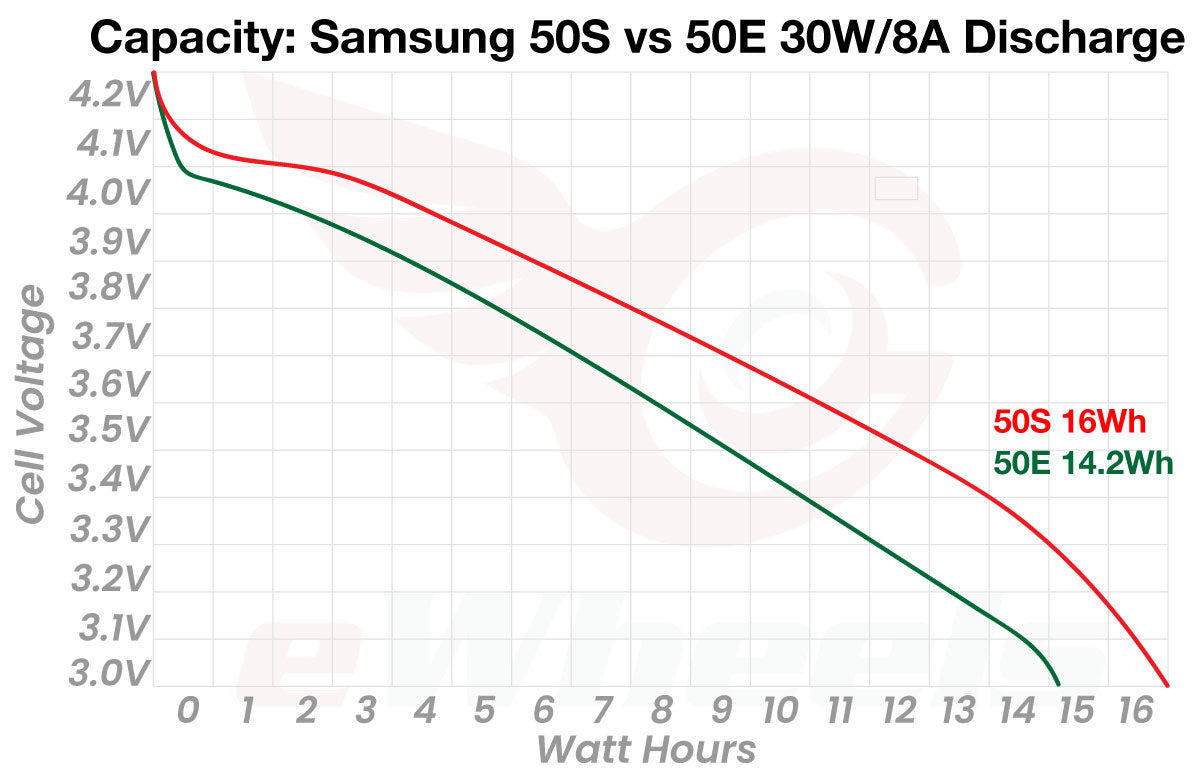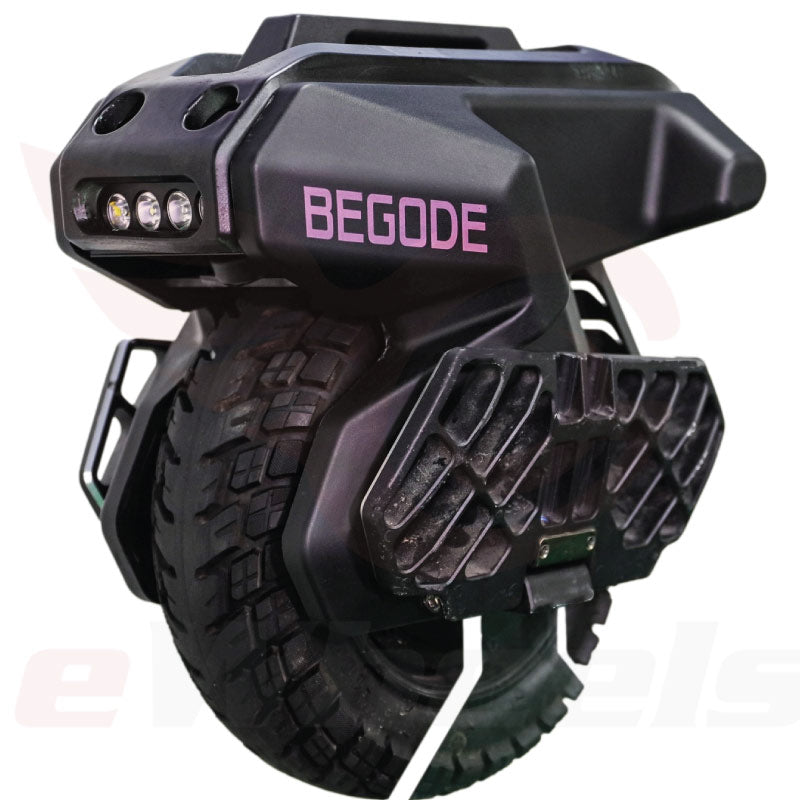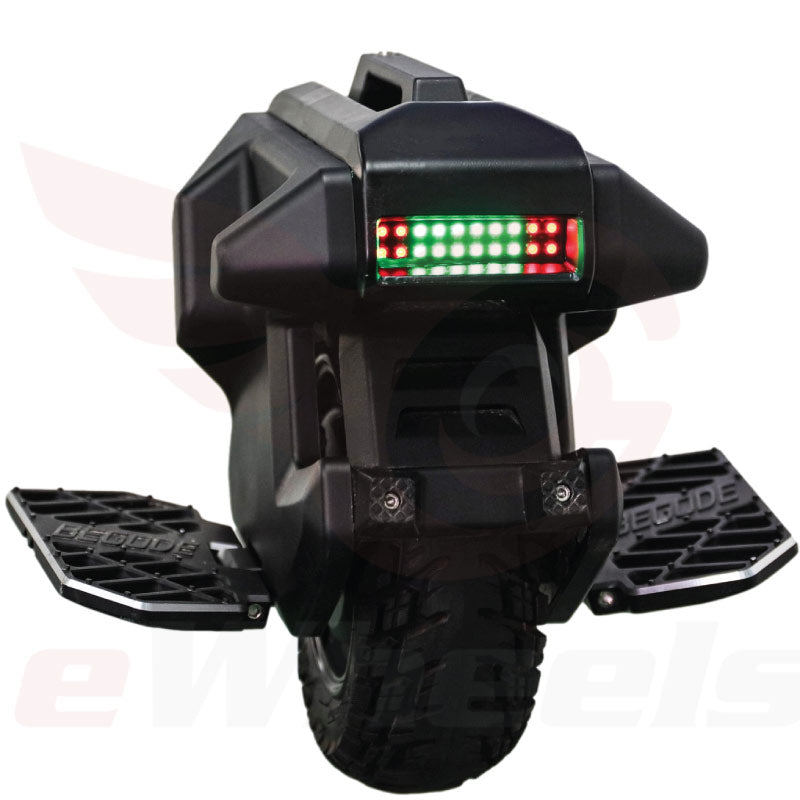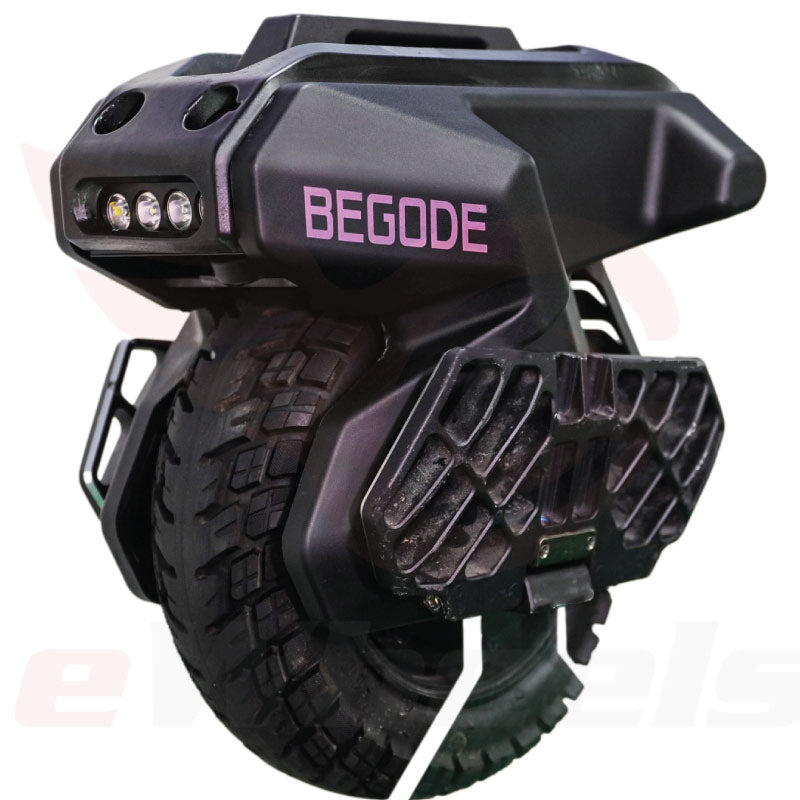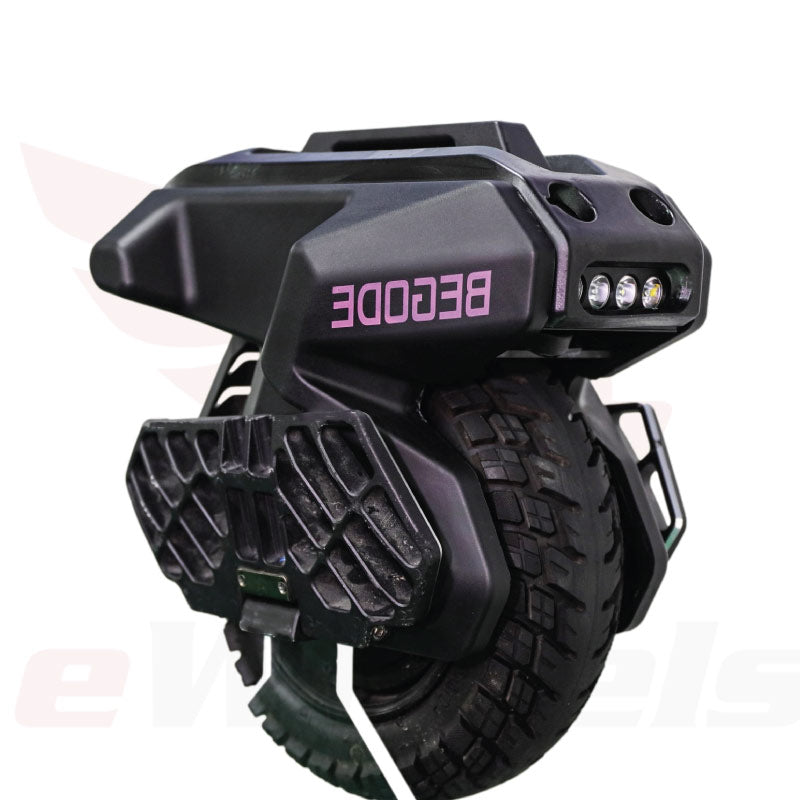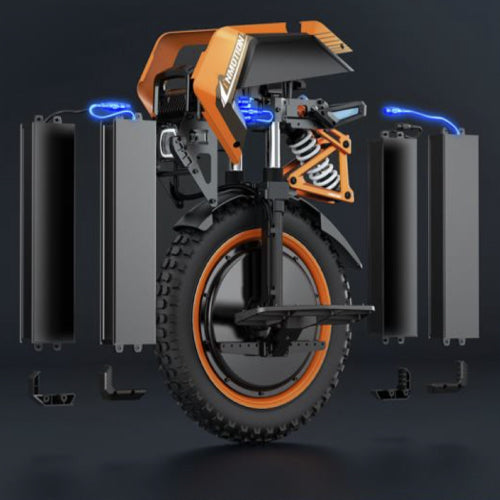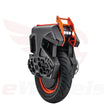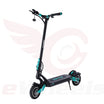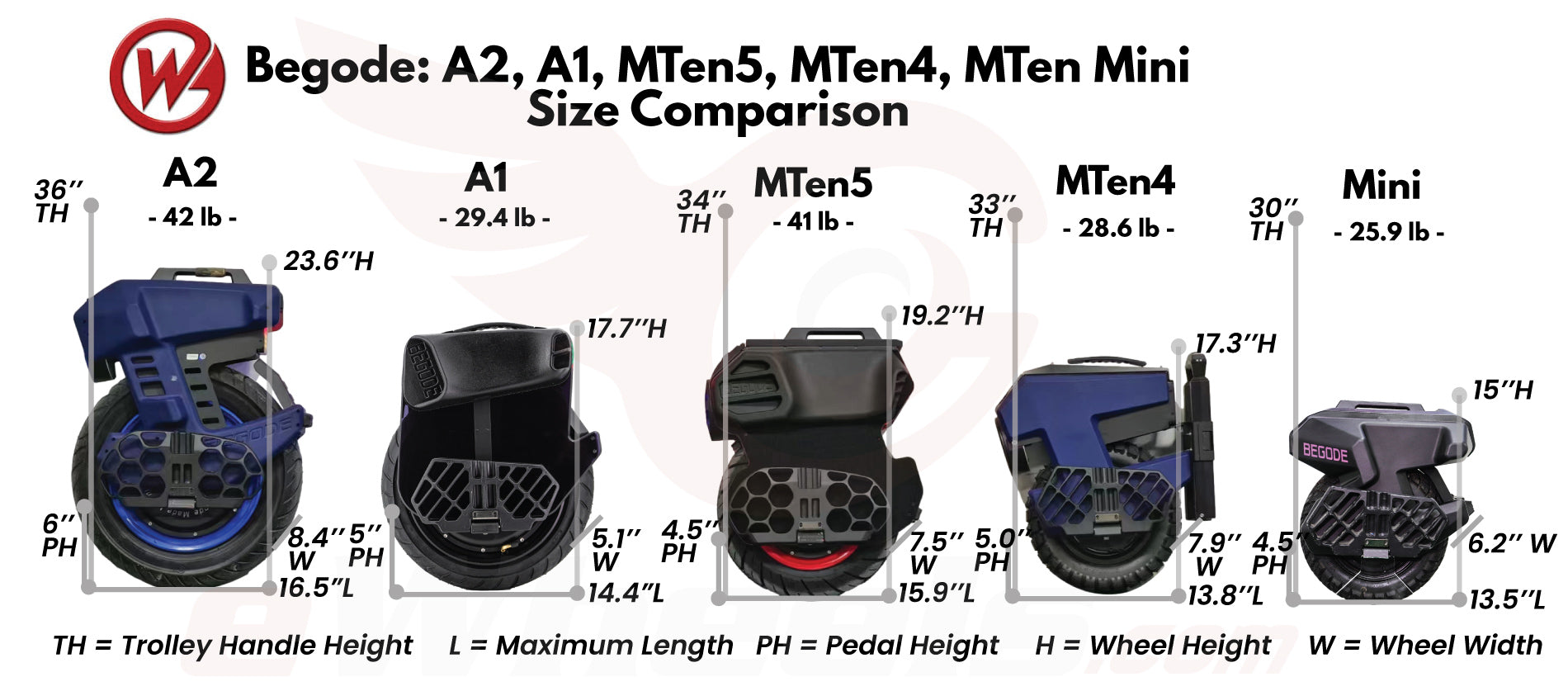
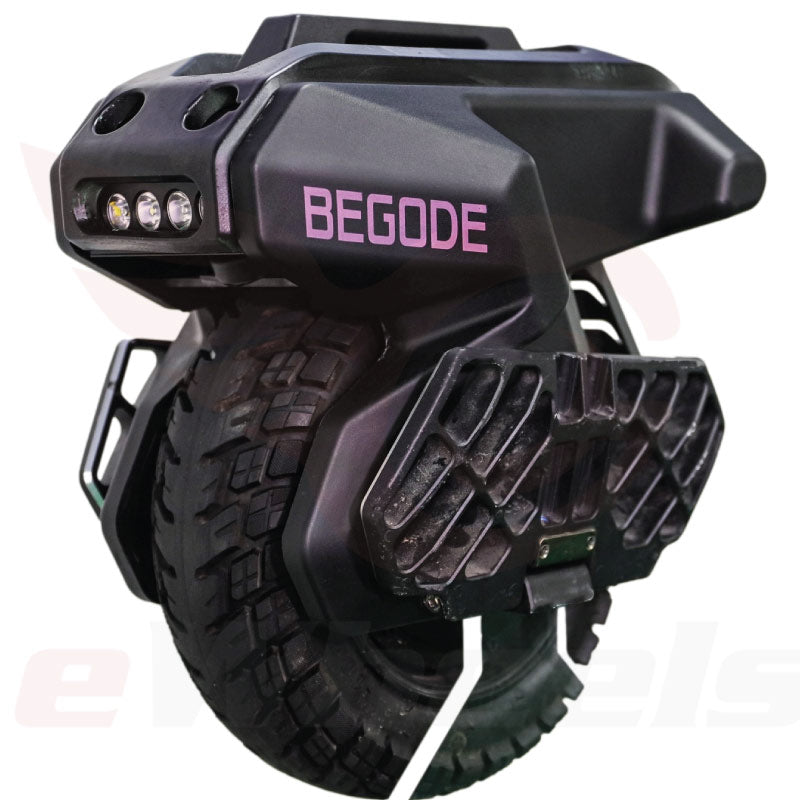
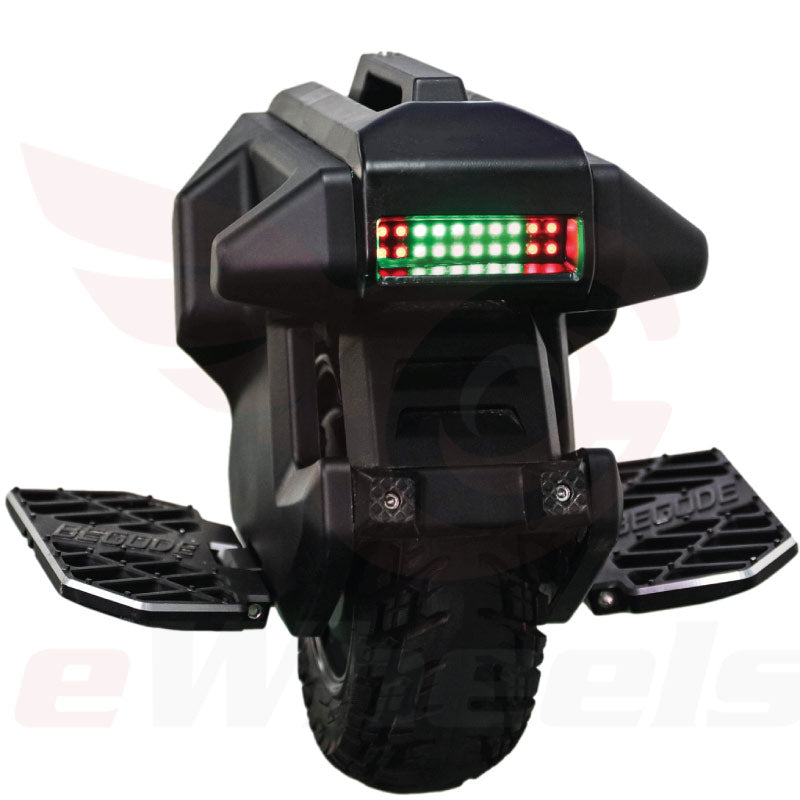
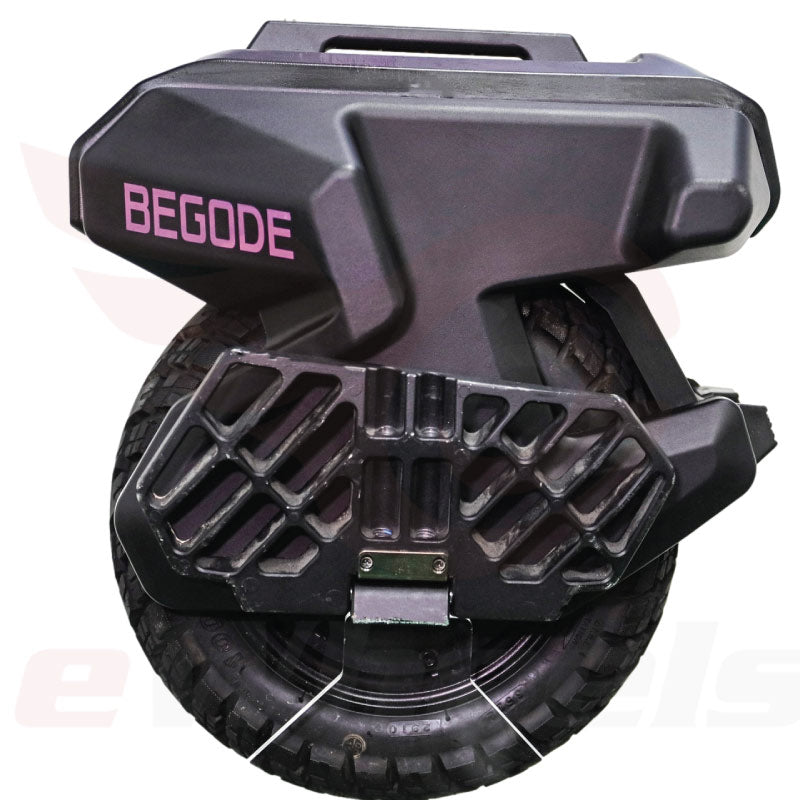
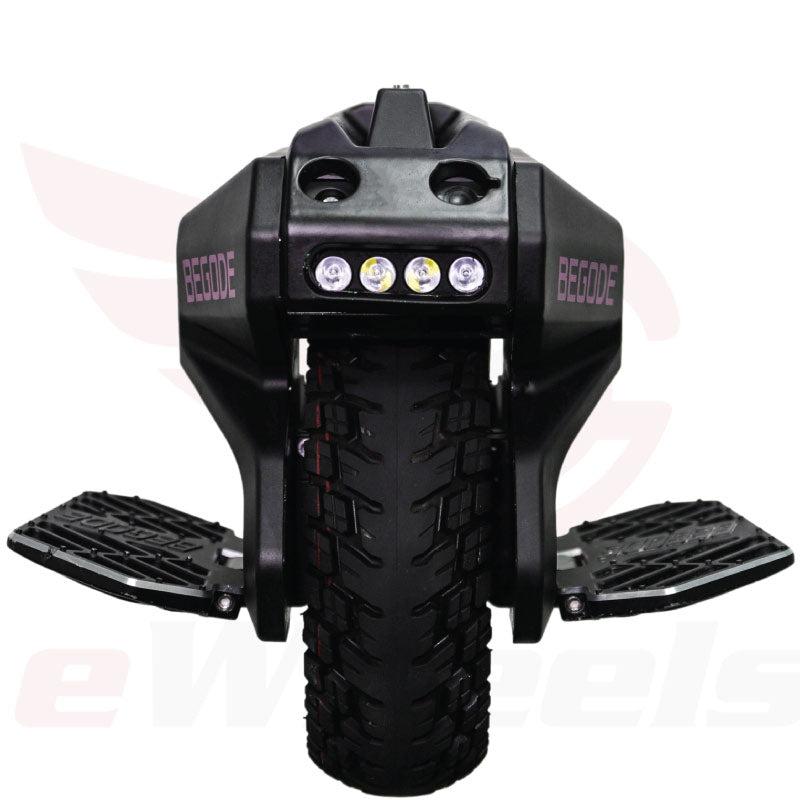
Begode MTen Mini
- In Stock, Shipping Now!
- Perfect ‘kids Wheel’ with a weight of only 27lbs & ultra-wide 11×3″ tire, the MTen Mini is suited for younger Riders looking get a foothold into Wheeling
- High-power Battery: equipped with the premium Samsung 50S battery pack for safety & power
- Color: in contrast to the ‘early release’ photos of green & yellow, the Mini will be offered in the more tame ‘all black’ scheme

Frequently Asked Questions
What are the benefits of the Mini over the MTen4?
Will you be stocking the 98Wh version?
Will there be retractable handle for the Mini, similar to MTen4?
Does the Mini have a tubeless tire?
Can the Mini be rapid-charged?
What is the motor power rating?
Is there App support?
NEW: Upgraded Samsung High-Power 50S Battery Pack
The most valuable component of any Wheel is its battery pack, the beating pulse of the machine. Over the years it has been found, from painful experience, that pairing a high-powered machine with a battery cell that is not designed for high peak-power applications can result in latent/delayed catastrophic thermal runaway events. To try to minimize this risk, we at eWheels, have insisted the use of high-powered battery cells, particularly on smaller 4 parallel packs, such as the MTen4, A2, T4, S18, Hero, S22, & Master—as the number of parallels increase, the load on each cells decreases accordingly. Until recently, there was the trade-off between power & capacity; now, with the advent of the new Samsung 50S cell, one can have both!
- Energy Density: 50S has a 20% increase in energy density over the 40T, providing a corresponding increase in range without any weight/bulk penalty.
- Higher Operating Temperatures: the specifications of the 50S has a vast operating range, from -20 to 80°C/-4 to 176°F vs -20-60°C/-4-140°F with the commonly used 50E/GB cell & as high as 100°C/212°F in Samsung’s test data! This massive margin not only allows the 50S to output up to 3x more power than the 50E, but perhaps more importantly, will greatly improve battery pack safety, there is no conceivable scenario in which these limits will ever be reached, or exceeded.
- Power Output: the maximum sustained power output on the 50s is 45A vs 15A on the 50E. At pack level, this represents a total potential sustained output of 15,120W, on the Lynx. From a Rider’s perspective, the main benefit of having this power on-tap is once the pack(s) have been partially depleted, reducing the risk of cut-outs when power is required.
- Rapid-charging: another benefit of the 50s over the 50E is charging rates, 2.25x higher, 6A vs 2.5A. It should be noted that although the cell supports the higher charging current, there may be other factors that limit maximum charge rate, such as the charge-port, wiring & BMS components. On the Lynx, the maximum rate of charge should not exceed 16A.
- Superior Cycle-life: perhaps the most common misconception of high-power cells is that of reduced cycle-life, but this is fundamentally a misunderstanding of the published datasheet for battery cells. In these publications, Samsung’s data is based on exceedingly high sustained loads of 25A/45A. Other Samsung materials demonstrates that in 10A continuous load scenario, the 50S commands a slight lead over the the 50E for longevity, with >82% capacity retention over 600 cycles.
It should also be noted that these synthetic tests in no way represent the power demand pattern that is experienced when using your machine, where the average load, on flat terrain, will be closer to 2-3A/cell vs the 10A in the test data—there may be periods where this demand is considerably more than the 10A, which is where the high-power cells really come into their element. In addition, the [50S] 600 cycles were charged at the maximum 6A vs a typical 1.5A (per parallel) with the stock charger, which also has an impact on the pack’s longevity.
In summary, the 50S battery cell is objectively superior in every measurable metric, with only a marginal increase in upfront cost. It is expected that machines fitted with these packs will retain their value better than other battery cells.
